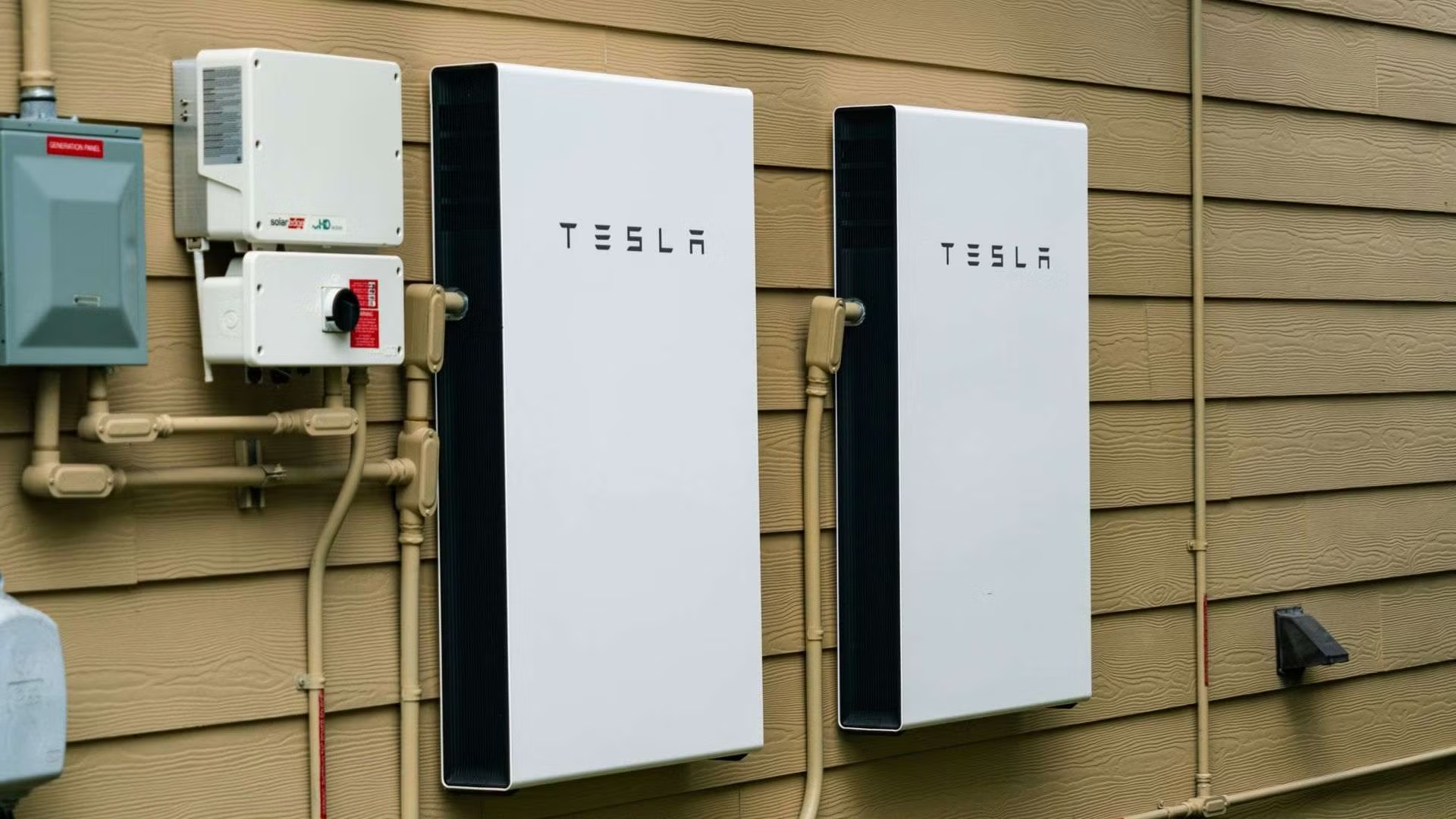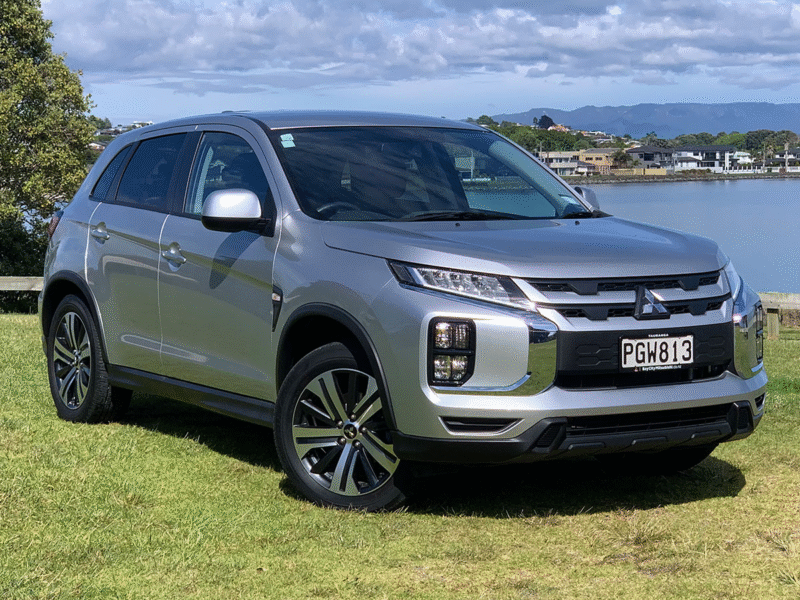Imagine storing your solar energy during the day, powering your home at night, keeping the lights on during blackouts, and even charging your EV all from a sleek wall-mounted unit. That’s the magic of Tesla’s Powerwall 3. In this guide, we’ll explore what it is, why it matters, and—most importantly how much it costs in Australia.
What Is the Tesla Powerwall 3?
The Tesla Powerwall 3 is the third edition of Tesla’s home battery storage system for residences. Unlike its predecessors, the Powerwall 3 integrates a 13.5 kWh LFP (lithium iron phosphate) battery with an internal solar inverter, making it more powerful, versatile, and efficient than ever
Key Feature
| Feature | Details |
| Capacity | 13.5 kWh usable |
| Continuous power output | ~10–11.5 kW |
| Peak power | Up to 30 kW (for 10 s) |
| Efficiency | Around 90–97% round‑trip |
| MPPTs | 6 built-in trackers |
| Scalability | Up to 4 units + DC expansion packs |
| Warranty | 10 years, unlimited cycles |
New & Upgraded Features in Powerwall 3
High Power Output
It packages a serious 11.5 kW continuous output—more than double that of Powerwall 2’s 5 kW—enabling whole-home backup and several heavy appliances at the same time.
Burst Performance
With a maximum of 30 kW peak for brief loads, it is capable of powering heavy appliances such as air conditioners and dryers without a hitch.
Built-in Solar Inverter + More MPPTs
Total inverter integration and 6 MPPTs translate into improved solar optimization and fewer parts
Flexible Install Configurations
Both AC and DC coupling are compatible, resulting in effortless compatibility with new or existing solar installations
EV Charging Integration
Optional EV charger integration simplifies breaker usage and grid demands—ideal for Tesla EV owners
Smart Backup & Control
Employ the Tesla app to control self-consumption, storm-mode pre-charging, EV charging controls, and smart backup transfers.
A residential battery system allows homeowners to store excess solar energy for use during the night or power outages.
Price of Powerwall 3 in Australia
Tesla doesn’t quote full Australian prices, but according to industry reports:
- Battery hardware: approximately AUD 10,400 (close to Powerwall 2)
- Total installed cost: generally AUD 15,000–16,000, to include battery, gateway (~AUD 1,700), and installation.
When bundled with a 6.6 kW solar array, prices reach approximately AUD 21,000–25,500 - Special promotions: CommBank customers through Wattle Power can purchase ~AUD 8,589 (ex. GST & install)—14% discount and state rebates
A Typical Breakdown:
- Battery: ~AUD 10,400
- Gateway & accessories: ~AUD 1,700
- Installation: ~AUD 3,000
- Total: ~AUD 15,000–16,000
Is It Worth the Investment?
Pros:
- Huge power output and true whole-house backup
- Simplified hardware with built-in inverter
- Energy optimization, EV charging, and intelligent backup functionality
- 10-year warranty, expandable expansion options
- Increases independence and saves on electricity bills
Cons:
- High installation cost (~AUD 15k+)
- Payback time ~10 years—repaid through bill savings, rebates, and solar self-consumption
- Accessibility is primarily for homeowners, not renters or low-income households
Costs & Incentives – Planning Your Setup
- Rebates & incentives: NSW Peak Demand Scheme, Federal Cheaper Home Batteries Program (up to 30%), and state-specific rebates greatly enhance affordability
- Finance packages: Finance products such as CommBank’s InstalPay (interest‑free) break the cost down
- VPP (Virtual Power Plant): Users of Powerwalls can be part of VPPs and be rewarded for servicing grid demand—Tesla already has ~100k Powerwalls in VPPs worldwide
Ideal Users for Powerwall 3
- Homeowners with solar panels want full-home backup and EV charging convenience.
- Those living in blackout-endangered or high-tariff neighborhoods are looking for resilience and savings.
- Early adapters seeking lower grid dependency and virtual power plant participation.
- Large families with greater energy needs—large appliances, EV, HVAC.
Installation & Real-World Experience
- Delta T: Quick wall or floor install, indoor or outdoor location.
- Tesla Gateway 3: Controls grid connection and backup switches.
- App control: Real-time usage monitoring, solar/off-grid balancing, “Storm Watch.”
- User reviews: Verified smooth installation and successful backup—45-sec power outage response, EV charging of accumulated clean energy
- Break-even: ~11 years through bill savings and off-grid battery utilization
Conclusion
In conclusion, the Tesla Powerwall 3 is a premium home battery system with advanced features, offering backup, solar syncing, and EV charging. It is priced between AUD 15k-16k and is ideal for serious users seeking energy independence. However, it may not be suitable for budget-conscious homeowners or those renting homes. The Powerwall 3 is a future-proof upgrade for solar homeowners and EV owners. The Tesla Powerwall 2 price varies depending on installation costs and local service providers.



